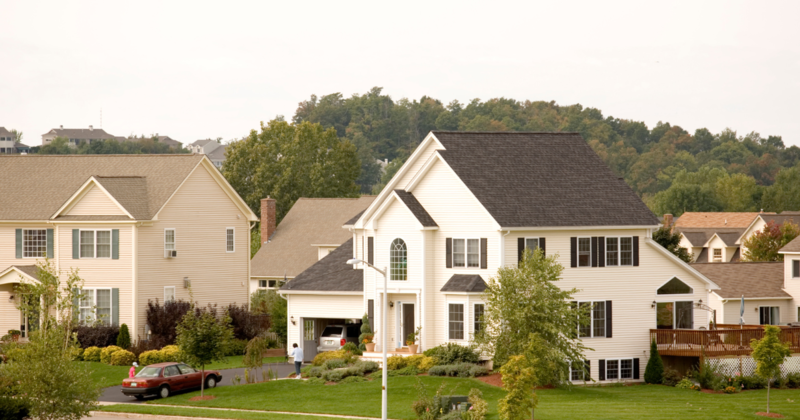Trying to time the market makes sense in theory—buy low, sell high, and wait if…
The Pros and Cons of a 20% Down Payment
It’s a common misconception that buyers must make a 20% down payment on a home. In reality, the average down payment in 2021 was just 12%.
There are several reasons why 20% is the recommended amount, but that doesn’t mean it is the optimal number for every homebuyer.
Here are the main reasons why people pay 20% or more down on their homes — and why others opt for less:
The Benefits of Putting 20% Down
- Lower Monthly Payments: A sizable down payment means smaller monthly installments. You’ll also avoid additional fees from private mortgage insurance (PMI), which most conventional loans require for down payments lower than 20%.
- Reduced Interest Rate: Larger down payments make your loan a lower risk, which reduces your interest rates. This can also lower your monthly payments and allow you to negotiate better loan terms.
- More Buying Power: By avoiding PMI and higher interest rates associated with lower down payments, you may be able to afford to borrow larger amounts with the same minimum monthly payments.
Why Many Opt For Less Than 20%
- Saving Takes Time: If saving up 20% would postpone your path to homeownership for a year or more, it might be worth paying the extra costs of a lower down payment.
- Keep Necessary Funds Secure: Putting less money down and paying more over time may be less financially risky if a 20% down payment would deplete your savings.
- Avoid Renting: Opting for a lower down payment can be a financially wise decision (despite the additional fees and costs) if you’re currently renting, especially if your monthly rent is more costly than a monthly mortgage payment would be.
Want to learn more about home financing? Reach out today to discuss your best options.




